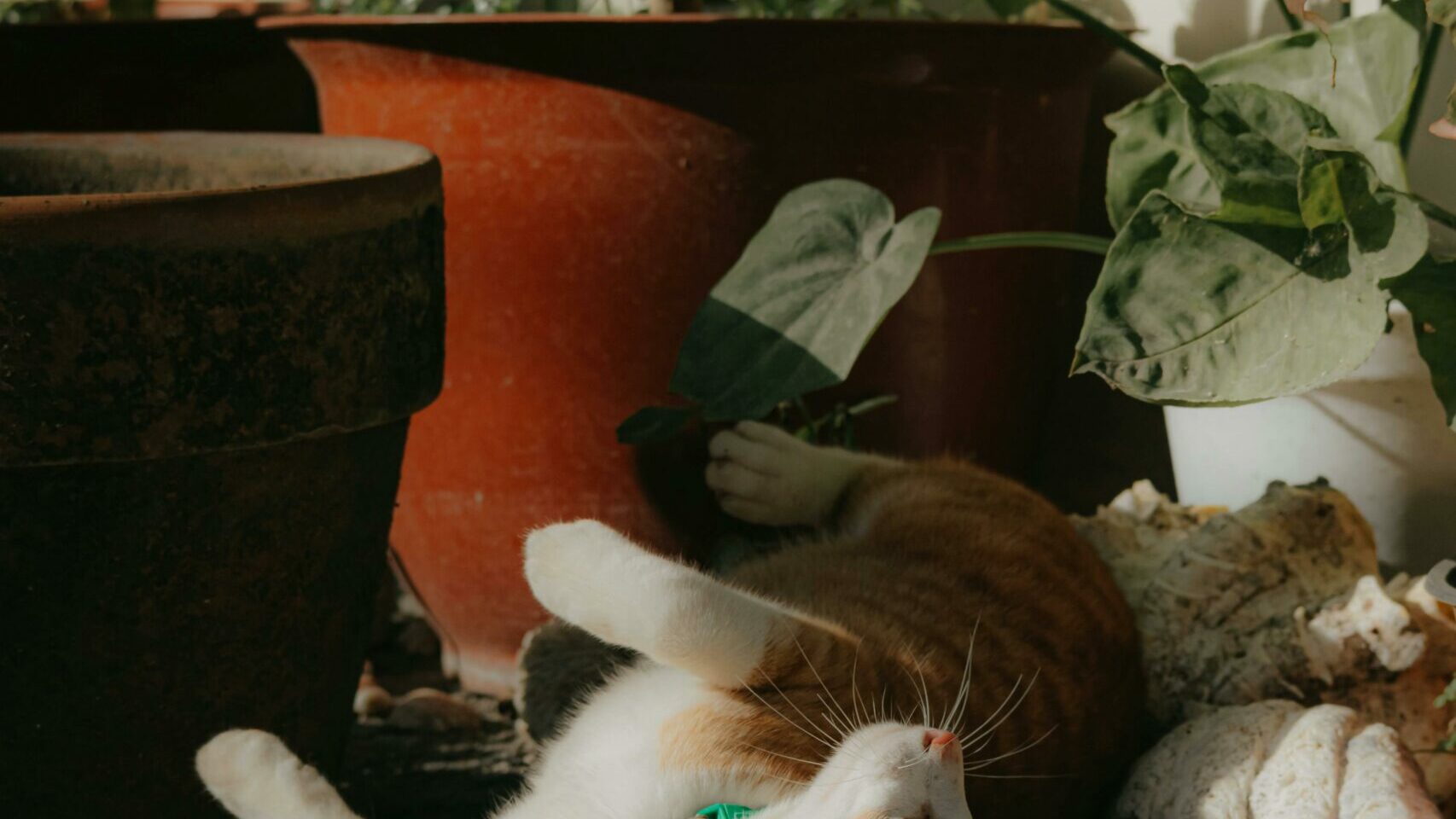The rise of pet insurance in America: what coverage really matters
For millions of U.S. households, pets are more than just companions — they’re family. From playful puppies to senior cats, animals hold a special place in American homes. But as veterinary costs climb each year, more pet owners are realizing the importance of protecting their furry loved ones with insurance. In 2026, pet insurance isn’t just a trend — it’s becoming a financial essential.

According to the North American Pet Health Insurance Association (NAPHIA), over 5 million pets in the U.S. are now insured — a record high that’s expected to double by the end of the decade. The surge reflects shifting priorities: Americans want peace of mind knowing that an unexpected illness or accident won’t drain their savings.
Why Pet Insurance Is on the Rise
The pandemic played a surprising role in this growth. With more time at home, pet adoptions skyrocketed — and so did awareness about veterinary costs. From emergency surgeries to chronic condition treatments, many pet owners faced bills in the thousands.
Add in the inflation-driven rise in vet expenses, and insurance now feels less like an optional luxury and more like a safety net. The average annual premium for accident-and-illness coverage sits around $600 per dog and $350 per cat, far less than a single major vet visit. Pet insurance offers predictability — it lets owners budget monthly rather than face sudden financial shocks.
Understanding What Really Matters in Coverage
Not all policies are created equal. While flashy marketing promises “full protection,” pet owners should focus on three essential coverage areas that genuinely make a difference:
Accident and Illness Coverage:
This is the backbone of most pet insurance policies. It covers broken bones, infections, and diseases like cancer or diabetes. Some plans even include hereditary and congenital conditions — crucial for purebred pets prone to specific health issues.
Chronic and Ongoing Care:
As pets age, ongoing treatments (like arthritis management or thyroid medication) can become costly. Make sure your plan doesn’t exclude long-term conditions after the first year.
Prescription Medications and Diagnostic Tests:
Modern veterinary care relies on imaging, lab work, and prescription drugs — all of which add up quickly. A strong policy should help cover these essentials.
Optional Add-Ons Worth Considering
Beyond basic coverage, many insurers now offer wellness or preventive care add-ons that include vaccinations, flea/tick treatments, and annual exams. While these increase monthly premiums, they can save money long-term, especially for younger pets. Some plans even cover alternative therapies like acupuncture, hydrotherapy, and behavioral training — reflecting America’s growing interest in holistic pet wellness.
Choosing the Right Policy
With dozens of pet insurance providers in the U.S., picking the right one requires balancing cost, coverage, and customer service. Transparency is key — always read the fine print for exclusions, reimbursement limits, and waiting periods.
Top-rated companies like Healthy Paws, Trupanion, and Nationwide Pet Insurance consistently earn positive reviews for reliability and quick claims processing. But newer digital-first platforms, such as Lemonade Pet Insurance, are appealing to younger owners with app-based management and customizable policies.
When comparing plans, look for:
Reimbursement rate: Usually 70–90% after deductible.
Annual coverage limit: Avoid plans with very low caps.
Waiting period: Some require 14–30 days before coverage starts.
Common Mistakes to Avoid
Many owners make the mistake of waiting until their pets are older to get insurance — but preexisting conditions won’t be covered. Experts recommend enrolling pets early, ideally within their first year.
Another common oversight? Assuming all vet services are included. Routine dental cleanings, breeding-related care, and cosmetic surgeries are usually excluded unless specified.
The Bigger Picture: Wellness Meets Financial Security
Pet insurance is also part of a broader American movement toward preventive and wellness-based living. Just as people invest in health coverage and gym memberships, they’re extending that same mindset to their pets.
This trend mirrors the rise of premium pet foods, wearable health trackers for animals, and even tele-vet services. Together, they reflect a culture shift where pet well-being is intertwined with human lifestyle and mental health.
Final Thoughts: Protection That’s Worth It
In 2026, pet insurance is less about “if” and more about “which plan.” As veterinary medicine advances and pet lifespans increase, the costs of care will only continue to rise.
For American pet owners, choosing the right policy means safeguarding not just their finances, but their peace of mind. Whether it’s a playful kitten or a loyal senior dog, the right insurance ensures your companion receives the best possible care — without compromise. Because when it comes to family, protection is love — and that’s something worth investing in.







